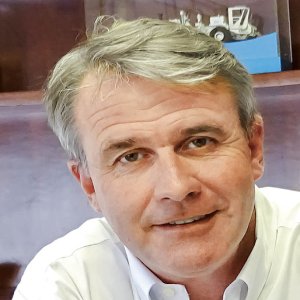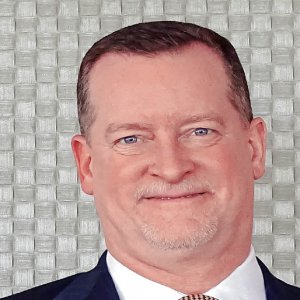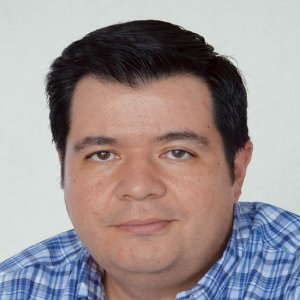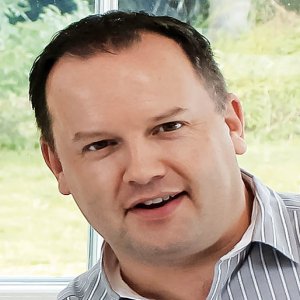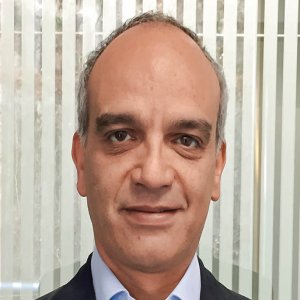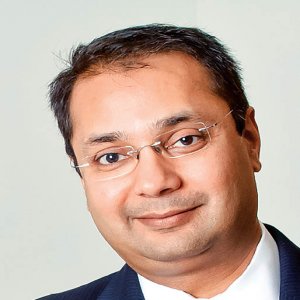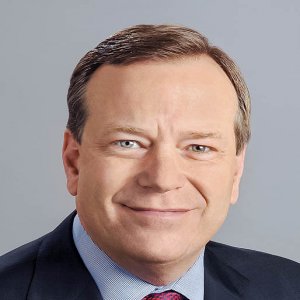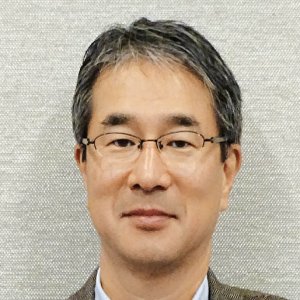The Opportunity Lies in Detailed Imaging

STORY INLINE POST
Q: What strategies are you implementing to cope with the stringent economic environment in the industry at the moment?
A: The focus at the moment lies mainly on the control of costs and implementation of meticulous risk analysis. In addition, we have effectively adjusted the size of the company, both in Mexico and internationally, in an effort to rebalance the current supply and demand situation. In order to move ahead, spending has to be strictly controlled. We have an agreement with Schlumberger and Spectrum in Mexico that allows us to work together, essentially to promote and sell multi-client data, specifically related to the 2D seismic, which provides an example of controlling risk.
Q: Based on your experience of 2D studies, what do you expect to be the role of 4D technologies for seismic in the Mexican market?
A: Among our successfully completed projects is a large 2D regional study, and this has been acquired, processed, and is now being sold on the international market. As soon as all the permits were in place from CNH last year, we were able to begin and complete this study. To date, there has been no 4D in Mexico, and that is mainly due to the fact that the most promising reserves in the country tend to be in carbonates, and there is uncertainty regarding the viability of the 4D signature that can be recovered from these types of reservoirs, especially those that are extremely deep. However, there is no reason why this cannot be attempted by a company who believes that the risk is worthwhile. In our experience, when we model 4D and subsequently shoot 4D, we usually find that there is a significant improvement in the signal, since we tend to model conservatively. Therefore, if the model displays a minimal chance of success, there is a solid opportunity when the seismic is shot.
Q: What are some of the advantages both the company and its clients have obtained from your fleet?
A: For our marine acquisition and processing, we base processes around the Ramform platform, which is a specialized, safe, and highly efficient seismic vessel design. The acquisition equipment is based around dualsensor Geostreamer technology, which allows us to record true broadband data and produce some extraordinarily high-quality images when we process, as well as giving us access to pre-stacked data that facilitates extremely highquality reservoir characterization work.
Q: What is the importance of detailed exploration in field developments?
A: In spite of our focus on large-scale exploration, PGS has advocated high-density surveys for a long time. A few years ago, we implemented a program called High-Density 3D (HD3D), which was essentially an attempt to produce high-density, spatial sampling, both in-line and crossline, and this produces the most favorable circumstances for obtaining a high-quality image. When looking at a reservoir-scale survey, the area under consideration would typically be hundreds of kilometers rather than thousands of kilometers, but the detail that can be extrapolated is greatly improved. Regarding processing in smaller-scale surveys, much more effort is applied to building the required velocity model for pre-stacked depth migration, which can produce extremely high-quality imaging and detail on a scale that facilitates development of the reservoir
